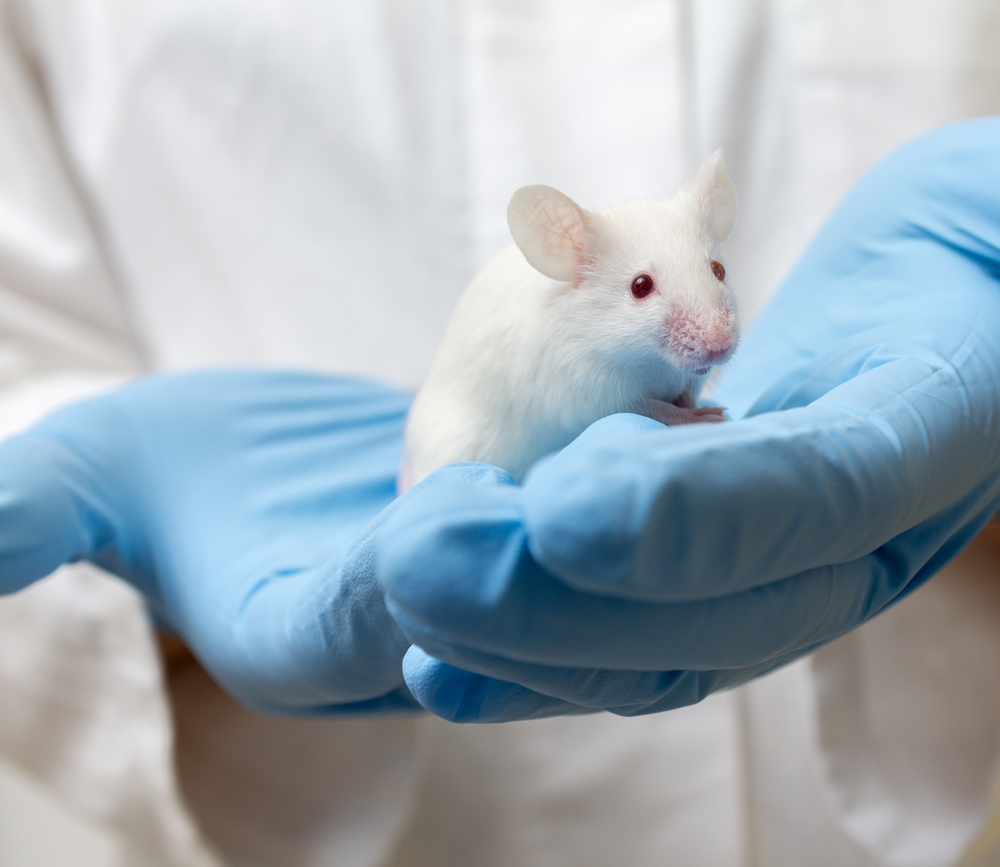Serotonin Aggravates Pulmonary Fibrosis in Mice, Study Shows

Serotonin — a chemical produced by nerve cells — aggravated pulmonary fibrosis by promoting inflammation, oxidative stress (an imbalance between the production of reactive oxygen species and antioxidant defenses), and activating fibrosis-associated genes in a mouse model of pulmonary fibrosis, a new study shows.
The study, “Serotonin Exhibits Accelerated Bleomycin-Induced Pulmonary Fibrosis through TPH1 Knockout Mouse Experiments,” was published in the journal Mediators of Inflammation.
Current treatments for idiopathic pulmonary fibrosis (IPF) include corticosteroids, anti-inflammatories, anti-oxidative stress agents, immunomodulatory agents, and anti-fibrotic drugs. However, these medicines tend to have only partial effects and fail to produce long-lasting benefits.
That is why it is imperative to continue investigating the development of IPF so that medicines can be designed to target these mechanisms.
Serotonin, also known as 5-hydroxytryptamine (5-HT), is a small molecule derived from the amino acid tryptophan. There are two types of serotonin — central serotonin and peripheral serotonin.
Central serotonin is produced by an enzyme called TPH2 and is involved in the regulation of cognition, mood, aggression, mating, feeding, and sleep. Peripheral serotonin — synthesized by an enzyme known as TPH1 — helps regulate platelet aggregation, bone development, immune responses, and inflammatory reactions.
Previous studies have indicated that peripheral serotonin plays an important role in the development of fibrotic lesions across a number of diseases that are characterized by progressive fibrosis. However, few studies have looked at the role of peripheral serotonin in pulmonary fibrosis.
So, researchers designed a study to investigate the role of peripheral serotonin in an animal model of pulmonary fibrosis — the bleomycin (BLM) induced fibrosis model — and compared the results to normal mice (WT group), and to mice that had a deletion of the gene responsible for TPH1 production, leading to low levels of serotonin (KO group).
All told, the animals were organized in four groups: WT control group, KO control group, WT BLM group, and KO BLM group.
Mice were sacrificed at 0, 7, 14, and 21 days after BLM administration, and the severity of fibrotic changes were assessed.
Discuss the latest research in the PF News forum!
Overall, the results showed that serotonin significantly aggravated lung damage and lung fibrotic changes.
Mice from the KO BLM group (with PF and low serotonin levels) had significantly lower levels of hydroxyproline and Ashcroft fibrosis score — two factors that are positively related to the degree and severity of pulmonary fibrosis. These results suggest that low serotonin levels were associated with a decreased severity of pulmonary fibrosis.
Researchers also found the levels of cells and proteins in bronchoalveolar lavage fluid (BALF, a technique to collect cells and fluid from the airways) were significantly lower in the KO BLM group compared to the WT BLM group. This result suggests that higher serotonin levels are associated with higher numbers of pro-fibrotic cells and proteins.
Mice in the KO BLM group also had lower levels of inflammatory markers (including tumor necrosis factor, TNF) compared to the WT BLM group, indicating that serotonin is associated with high inflammatory activity.
Some studies suggest that infiltration of a group of immune cells known as neutrophils play a significant role in pulmonary fibrosis. Neutrophils can be measured by staining lung tissue for a protein called myeloperoxidase (MPO). In this study, the number of MPO-positive cells in lung tissues was much higher in the WT BLM group compared to the KO BLM group.
Based on the results, the team concluded that serotonin “aggravated pulmonary fibrosis” in mice, and that “the potential mechanisms might be that 5-HT [serotonin] could facilitate collagen deposition, inflammation, and oxidative stress during pulmonary fibrosis.”
The researchers suggest that serotonin “could be a biomarker of pulmonary fibrosis and might be a therapeutic target in the future.”







